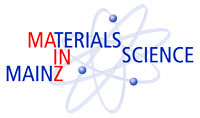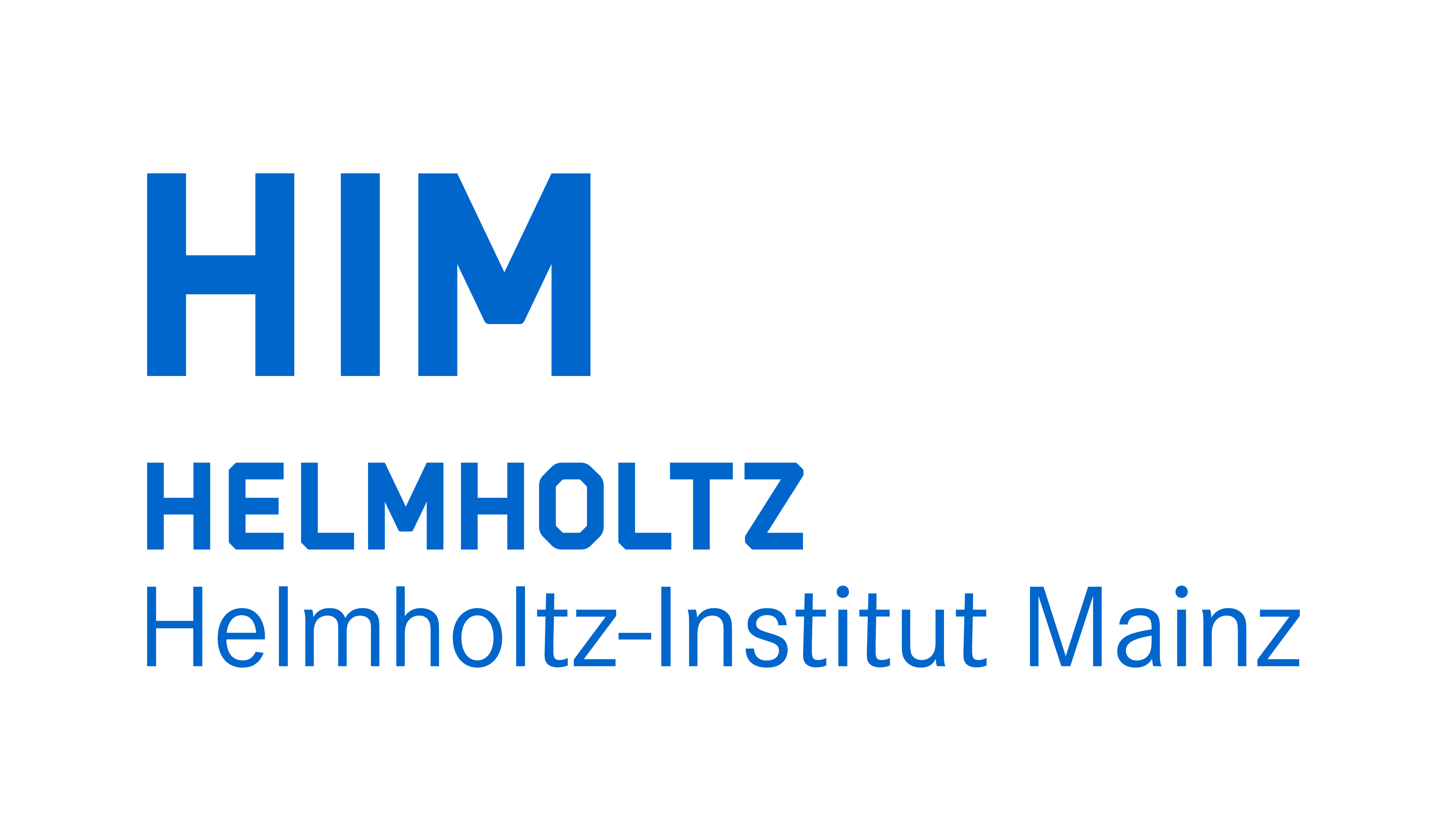


Physikalisches Kolloquium
Jan. 15, 2013 at
5 p.m. c.t.
in
Hörsaal des Instituts für Kernphysik, Becherweg 45
Prof. Dr. Alfons Weber
Institut für Physik
a.weber@uni-mainz.de
Prof. Dr. Hartmut Wittig
Institut für Kernphysik
hartmut.wittig@uni-mainz.de
Advanced transmission electron microscopy of nanoscale materials and devices
Prof. Dr. Rafal E. Dunin-Borkowski (Institute for Microstructure Research, Ernst Ruska-Centre for Microscopy and Spectroscopy with Electrons, Peter Grünberg Institute, Research Centre Juelich)
Transmission electron microscopy has been revolutionised in recent years, both by the introduction of new hardware such as field-emission electron guns, aberration correctors and in situ stages and by the development of new techniques, algorithms and software that take advantage of increased computational speed and the ability to control and automate modern electron microscopes. In this talk, I will begin by describing how recent developments in transmission electron microscopy, which are based on advances in aberration-corrected imaging and microanalysis, have improved our ability to obtain quantitative information about the local microstructure and chemistry of materials at the atomic scale. I will then describe several specialised techniques in electron microscopy. One of the techniques, electron holography, allows variations in magnetic induction and electrostatic potential in nanomagnets and semiconductor devices to be measured as a function of applied magnetic field or voltage in situ in the electron microscope. When combined with electron tomography, quantitative information about magnetic fields and electrostatic potentials in materials can be obtained in three dimensions with sub-10-nm spatial resolution. I will also present a personal perspecitive on directions for the future development of transmission electron microscopy instrumentation and techniques. When combined with advances in specimen preparation and automated image acquisition, such developments may lead to approaches for characterizing the positions, chemical identities, magnetic moments and electrostatic potentials of individual atoms in three dimensions.